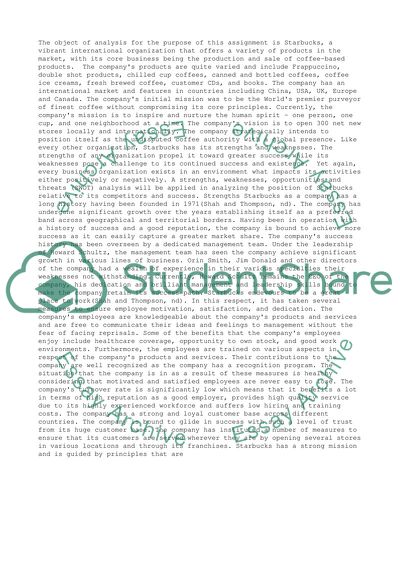Cite this document
(“Starbucks Case Analysis Essay Example | Topics and Well Written Essays - 2500 words”, n.d.)
Retrieved from https://studentshare.org/business/1395665-case-study
Retrieved from https://studentshare.org/business/1395665-case-study
(Starbucks Case Analysis Essay Example | Topics and Well Written Essays - 2500 Words)
https://studentshare.org/business/1395665-case-study.
https://studentshare.org/business/1395665-case-study.
“Starbucks Case Analysis Essay Example | Topics and Well Written Essays - 2500 Words”, n.d. https://studentshare.org/business/1395665-case-study.


